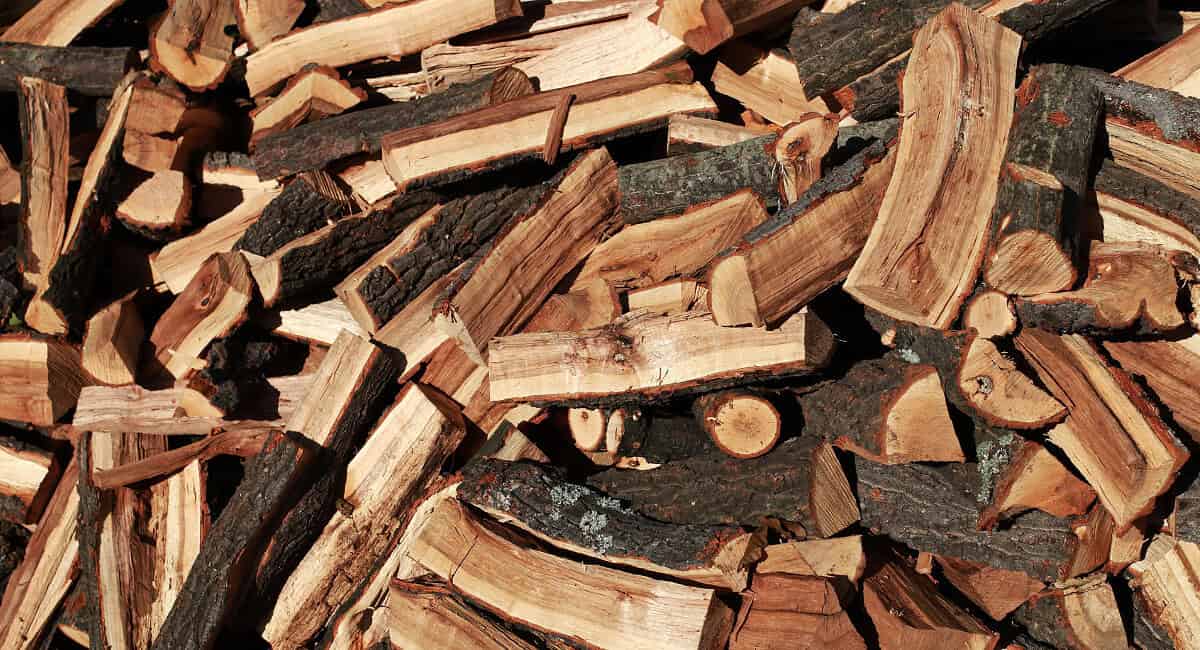This handy firewood BTU chart lists wood types alphabetically along with their heat output values.
Plus, you’ll find helpful ratings for smoke levels, sparking tendencies, and seasoning time for each variety.
With this info, you can easily choose the best burning firewood for your specific fire needs!
As with all firewood, the actual BTU values and burning characteristics can vary based on factors like local growing conditions, how well the wood is seasoned, and storage conditions. For that, and more firewood related content, check out our firewood page for all of our fire pit firewood related content.
References
- https://www.fpl.fs.fed.us/documnts/fpltn/fpltn-218-1931.pdf
- https://forestry.usu.edu/forest-products/wood-heating
- https://www.fia.fs.fed.us/slides/current-data.pdf
- https://www.maine.gov/dacf/mfs/projects/woodheatmaine/downloads/wood_vs_other_fuels.pdf
- https://www.fs.fed.us/pnw/pubs/pnw_gtr810.pdf
- https://www.fs.fed.us/pnw/pubs/pnw_gtr810.pdf
- https://extension.tennessee.edu/publications/Documents/PB1880.pdf
- https://extension.missouri.edu/publications/g5450


